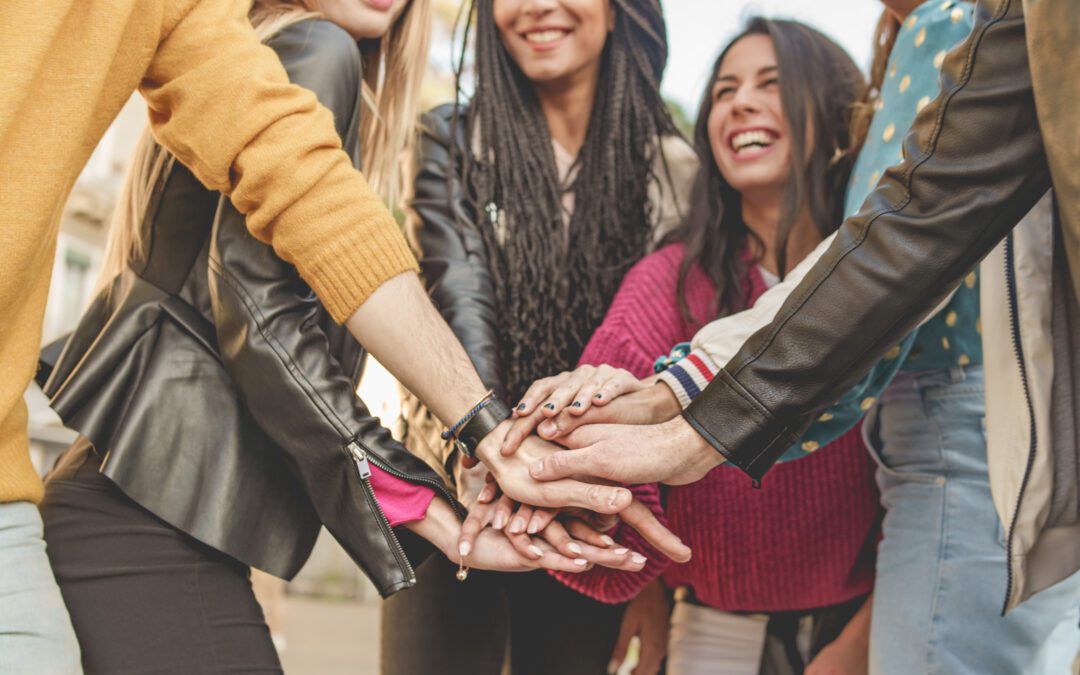Recovery is deeply personal—but it doesn’t happen in isolation. Whether you’re navigating early sobriety or maintaining long-term wellness, having a community for recovery is one of the most critical factors in achieving lasting change.
You can have the best intentions, a strong relapse prevention plan, and years of treatment experience—but without a circle of support, it’s easy to slip back into old patterns. The truth is, we heal in relationship. This article explores how and why community helps, and how you can start building your own.
Why Recovery Isn’t a Solo Journey
There’s a popular narrative that says recovery is all about willpower or personal strength. But science—and real-life experience—says otherwise.
People recovering from substance use or mental health challenges benefit most when surrounded by others who believe in their potential. A community for recovery provides emotional safety, structure, and accountability. It reminds individuals that they are not alone, especially in moments of doubt or relapse.
In fact, the “social model” of recovery—originally developed in peer-led environments like sober living homes and 12-step groups—has shown clinically meaningful results. Recovery becomes more sustainable when it includes healthy, consistent human connection.
What Makes a Strong Community for Recovery?
A healthy community for recovery isn’t just a group of people who know what you’ve been through. It’s a network of individuals who empower you, keep you grounded, and hold you accountable when needed.
Here are a few key components of a recovery-supportive circle:
- Friends and family who support your sobriety and respect your boundaries
- Peer recovery groups, including alumni programs and 12-step or non-12-step groups
- Therapists and clinicians who provide evidence-based strategies and emotional support
- Case managers or mentors who can guide you through logistical or emotional challenges
This diverse network ensures you have someone to lean on, whether you’re having a tough day or celebrating a milestone.
Tools for Building a Recovery-Focused Circle
Not everyone begins their journey with a built-in community for recovery. That’s okay. The good news is, community can be built.
Some tools and strategies to get started include:
- Setting clear boundaries with people who enable old behaviors
- Attending local sober events or group therapy sessions to meet like-minded individuals
- Volunteering or joining interest-based support groups, where connection is rooted in shared purpose
- Regular check-ins with sponsors, accountability partners, or therapists
Recovery isn’t about doing everything perfectly—it’s about doing the next right thing, consistently. That includes showing up for others and letting them show up for you.
Clinical Insights: Why Community Helps Sobriety Stick
There’s mounting evidence that a community for recovery doesn’t just feel good—it actually improves outcomes.
Here’s why:
- Social support reduces relapse risk. Studies show that people with high levels of social support have significantly better recovery outcomes.
- Co-regulation strengthens emotional resilience. Being around emotionally stable, sober individuals helps you manage stress and reduce cravings.
- Group therapy reinforces healthy behaviors. Through modeling, feedback, and shared experiences, participants learn not only from therapists but from each other.
- Mirror neurons activate healing. Observing others cope with challenges in healthy ways actually helps rewire the brain for recovery.
In short, community isn’t a bonus—it’s part of the medicine.
Strength in Numbers: Our Approach to Community for Recovery
At our outpatient program in New Jersey, we believe that healing happens in connection. That’s why we integrate group therapy, family involvement, and peer support into every level of care—from PHP to IOP and OP.
If you’re looking to build a community for recovery, contact us, we’re here to help you surround yourself with people who want to see you thrive.

